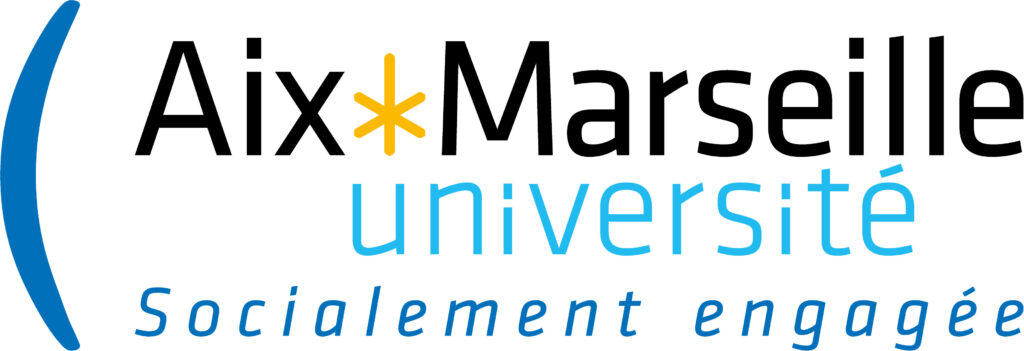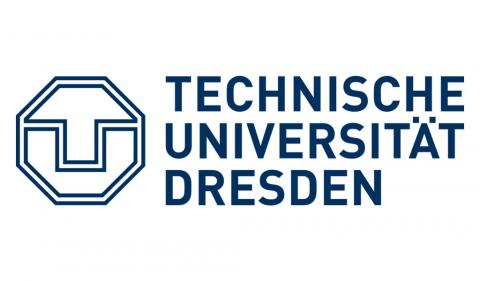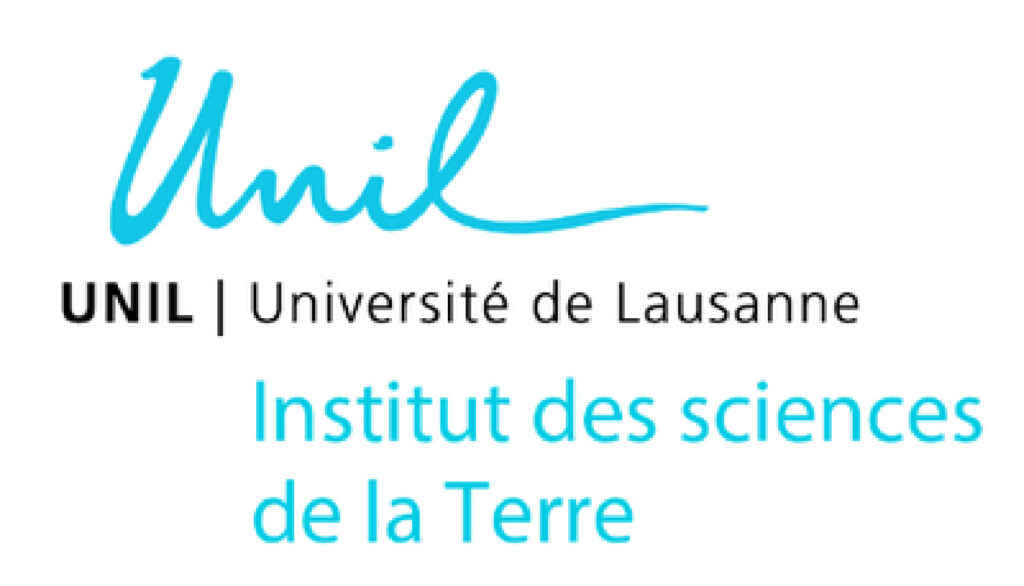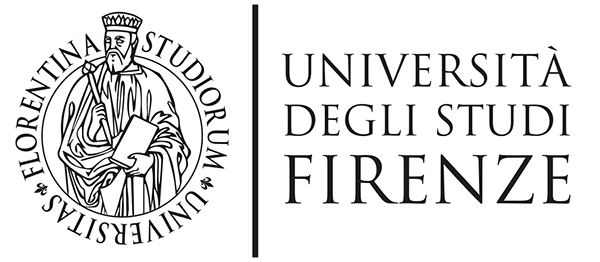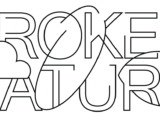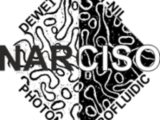The consortium has been carefully built in order to make all the necessary complementary expertise available to the project.
Meet the Consortium
UNIT 1: CNR
The Italian National Research Council (Consiglio Nazionale delle Ricerche - CNR) is the most relevant governmental organization to promote, coordinate and regulate scientific research in the interest of the scientific, technological and social progress of Italy. The main research activities of CNR, which has a permanent staff of approximately 8000 units including research, technical and administrative people, are performed in its own Institutes distributed all over Italy. Its international activity is also very broad, with direct participation in large international research programs. In this project CNR will participate with the two main institutes involved in Photonics and Material Science: the Institute of Photonics and Nanotechnologies (Istituto di Fotonica e Nanotecnologia-IFN, coordinator, Dr. Monica Bollani and co-workers) and the Institute for Microelectronics and Microsystems (Istituto di Microelettronica e Microsistemi-IMM, Dr. Giuseppe Nicotra and co-workers). The two institutes belong both to the CNR Department of Physical Sciences and Material Technologies. This joint action will assure a complete coverage of all the competences and resources needed for the project success. CNR-IFN will be the coordinator of the project.
Expertise: Nano and micro fabrication, semiconductor growth, electrical characterization, machine learning and microscopy characterization.
Primary role in project: CNR will be in charge of the fabrication by electron beam lithography, photolithography and nanoimprinting techniques, the epitaxial deposition of III/V heterostructures by MBE, high resolution X-ray diffraction, atomic force microscopy and ellipsometric measurements, scanning electron microscopy characterizations, electrical measurements, HRTEM and HREELS analyses and machine learning simulations. CNR will also be in charge of the management of the NARCISO team and project. (Involved in all WPs).
UNIT 2: AMU
Aix-Marseille University https://www.univ-amu.fr) is one of the youngest universities in France, the largest by the number of its students, its staff and its budget. AMU is one of the French sites of excellence recognized by an international jury as part of Future Investments: training, research, guidance, employability, inter-disciplinarity and exploitation of knowledge are the pillars of this establishment. The laboratory involved in NARCISO is the IM2NP (https://www.im2np.fr/), one of the leading institutions in the field of nanoscience in France uniting >270 scientists in physics, chemistry and electronics as well as a significant number of engineers/technicians to focus on modern condensed matter science. The research unit of the AMU Partner is the NOVA team (Nanotechnologies and advanced materials, https://www.im2np.fr/fr/equipe-nanotechnologies-et-materiaux-avances-nova.
Expertise: The NOVA team holds the state-of-the art in solid state dewetting of SiGe ultra-thin layers and very recently it demonstrated the possibility to efficiently exploit this method for the fabrication of photonic devices. In the field of sol-gel dip-coating and nano-imprint lithography the group showed for the first time in 2017-2018 the possibility to fabricate high-aspect ratio structures with high-permittivity and high transparency materials with methods compatible with an industrial chain of production.
Primary role in project
AMU has two primary roles within NARCISO: fabricate the SiGe nano- and micro-architectures on SiO2 via solid state dewetting in the clean-room of the NOVA team (WP1, 2); transfer these patterns in metal-oxides via sol-gel nano-imprint lithography in the chemical laboratory of the NOVA team (WP3). Thus one of the recruited PhD will strongly interact with TUD for the comprehension and engineering of the process, with CNR for the creation of ordered patterns over large scales, and with UNIFI for the development of SiGe-based passive metasurfaces. The second PhD at work on the sof-NIL fabrication process, will strongly interact with UNIL towards the development of functional devices devoted to microfluidic functions, with OTAB for scaling up processes and devices to an industrial chain of production and with UNIFI for the engineering of efficient photonic devices.
UNIT 3: TUD
The Technische Universität Dresden (TUD) has undergone a profound institutional development since the German reunification. Since then, it has grown into one of the largest and most successful universities in Germany. This required unprecedented changes in staffing, structure and organizational culture. TUD is surrounded by a high concentration of Fraunhofer Institutes (most of them with a clear material vocations) and three Institutes of the Leibniz Society two of which contribute to excellent materials research. Three Max Planck Institutes push the excellence envelope of theory and modeling, solid state research and cell biology. A particular complement to this research landscape is the recently founded German Aerospace Center (DLR) Institute for Software Development, where materials and process simulations are assigned a significant role. These institutes are supported by a supercomputing facility on the campus of TUD. The Institute of Scientific Computing (IWR) within the Department of Mathematics is involed in NARCISO project and plays a key role in Computational Materials Science.
Expertise: Modeling and Simulations.
Role in project: TUD is responsible for various modeling and simulation tasks within WPs 1, 2 and 4. TUD provides the infrastructure and the necessary computing time.
UNIT 4: UNIL
The Institute of Earth Sciences of the University of Lausanne (UNIL) is composed by research groups working in several areas, including: mountain orology, soil processes, geophysics, sedimentology and petrology. The staff is composed of 14 professors, 8 scientists and lecturers, 14 technicians and 6 administrative staff ( more than 130 staff members including PhD students and post-docs). The research carried out by the microfluidics group focuses on the coupling between fundamental microscopic mechanisms, taking place in confined flow systems, whose overall action controls the larger scale dynamics. Particular attention is devoted to the coupling between microbial life, solutes and particles transport and mixing dynamics.
Expertise: Microfluids simulation and characterization.
Role in project: UNIL will be primarily involved in the development and performance of microfluidics experiments to unravel the coupled role of chemical and physical mechanisms in the filtration process by porous materials.
UNIT 5: UNIFI
The Department of Physics and Astronomy of the University of Florence (UNIFI) is composed by groups working in all the area of Physics. The staff is composed of about 22 researchers, 46 professors, 25 technicians and administrative staff. The research carried out by the Nanophotonics group is also joined to the European Laboratory for Non-linear Spectroscopy (LENS), which is a reference point for research with light waves, based on a fundamental multi-disciplinary approach.
Expertise: Spectroscopic characterizations.
Primary role in project: UNIFI will be primarily involved in the optical characterization, with subwavelength spatial resolution, of the dewetted islands, at the single structure level, as well as in time resolved PL measurements at cryogenic temperatures. UNIFI will also investigate the single-photon emitter nature of the Ge-islands by measuring the normalized second order autocorrelation function, g2(t), with a Hanbury, Brown and Twiss interferometer.
UNIT 6: OTAB
Obducat Technologies AB (OTAB) is an SME based in Lund, Sweden, with a history in the micro- and nanotechnology field since 1989. Obducat is the first company that commercialized Nano Imprint Lithography (NIL) and Electron Beam Recorder (EBR). Today Obducat is a market leader in NIL technology with more than 140 installations of NIL systems worldwide.
Expertise: Nano and microfabrication.
Primary role in project: in the first part of the NARCISO project it will provide the standards and needs for setting the methods and materials in use, in the second part it will directly use the developed technology within its own high-throughput facilities for the fabrication of hyperuniform smart-windows and filters.

